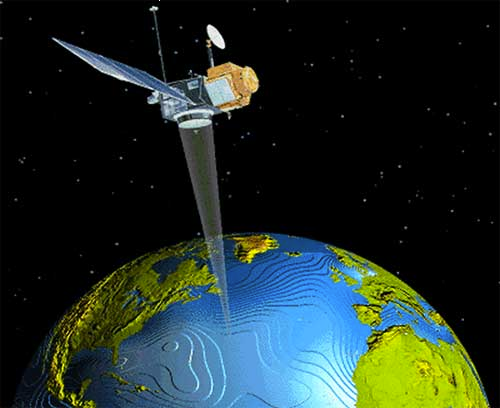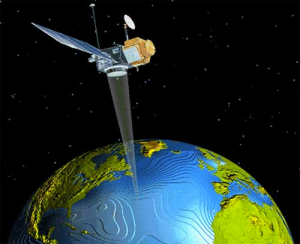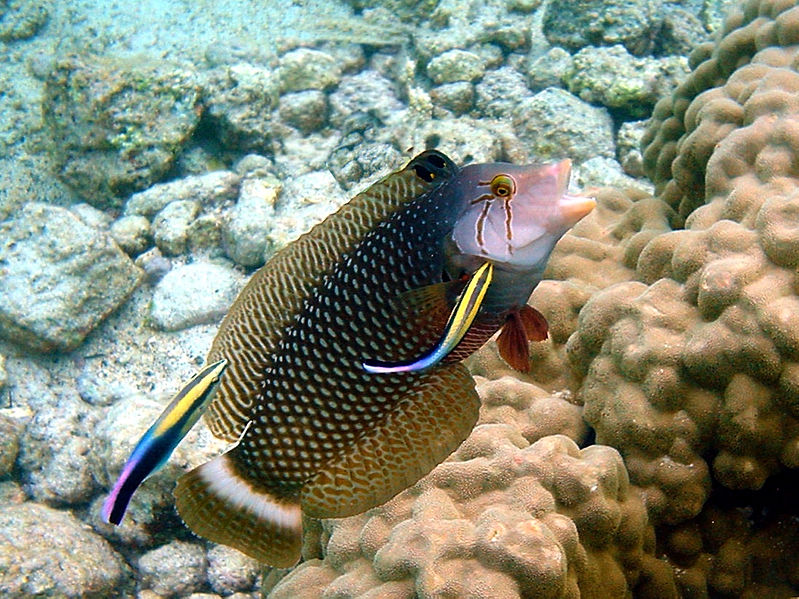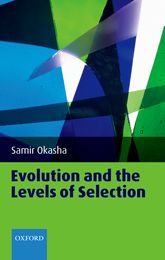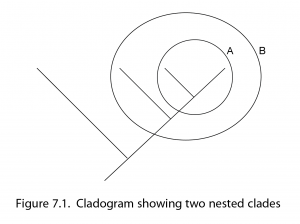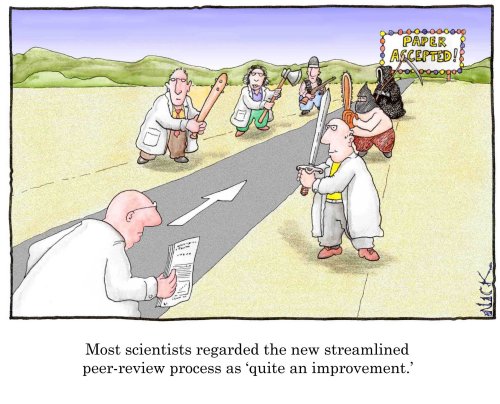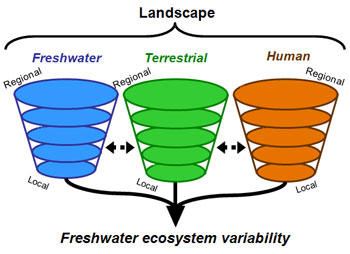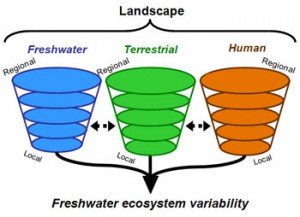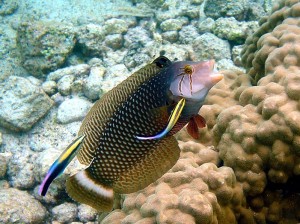
Part of our series of posts by final-year undergraduate students for their Research Comprehension module. Students write blogs inspired by guest lecturers in our Evolutionary Biology and Ecology seminar series in the School of Natural Sciences.
This week, views from Cormac Murphy and Gillian Johnston on Redouan Bshary’s seminar “Marine cleaning mutualism; from game theory to endocrinology and cognition”.
To clean or not to clean that is the question
With an average size of around seven and a half centimetre I would never have considered the blue streak cleaner wrasse, Labroides dimidiatus, to be a particularly intimidating animal. Yet over the course of 50 minutes I heard them compared to 4 of the most villainous and screaming entities I know; Niccolo Machiavelli, the Mafia, the global market and a four year old child (anyone surprised by this last entry has probably never had to take care of children).
Cleaner wrasse gain much off their food by eating off the bodies of larger client fish that visit their cleaning stations. This would seem to be a mutually beneficial arrangement, the wrasses have their food come to them and the client fish have their exoparasites removed. But the cleaner fish face some problems. While there are local clients that guarantee a meal, visitor fish passing through the area (who are bigger than the locals 80% of the time) are not as willing to wait in line to be cleaned and will move on. The cleaner client relationship is strained by the cleaners’ preference for the mucus the fish makes rather than the exoparasites. But taking the yummy mucus requires biting the client fish, who may retaliate and will definitely leave the cleaning station after such an encounter. The matter of obtaining food from the most readily available sources and/or of the highest nutritional content is of special importance to the wrasse. Once a wrasse has gained a certain amount of body mass it becomes a male and may take over a harem of smaller females, giving it a greater chance of bearing more offspring. This is something to strive for, but for the wrasse that are already males they don’t want one of their harem to become one of their competitors. The males will attempt to cheat before the larger females can deprive them of the nutritious mucus and will retaliate against the larger females if they cause the clients to jolt and leave. Dr. Redouan Bshary of the Université de Neuchâtel, Switzerland, is interested in how these little fish deal with the dilemmas they are faced with in their struggle to acquisition food for power and their aggressive gender politics.
An example of Dr. Bshary’s examinations of the cleaner’s feeding strategies focused on their response to visitors. This was tested by placing the fish in a tank with two plates of food, a green one representing the local client and a pink one representing the visitor. If the fish ate off the pink plate, both plates would remain and the fish would get all the food. However, if the fish ate from the green plate first the pink plate would be taken away, simulating how a visitor fish moves on if it doesn’t get cleaned on the first approach. This task was deceptively difficult, as unlike classical conditioning i.e. Pavlov’s dogs, the fish get a reward whichever plate they go for, the behavioural learning lies in realisation that one option will result in a future benefit (both food plates remaining) in addition to the immediate reward. The majority of adults tested learned to go for the green plate first within 100 trials. Juvenile cleaners could not grasp the lesson with the exception of one individual, though it turned out that particular juvenile was just very fond of pink and when the experiment was repeated with the colours reversed it was just as lost as its peers. The adult cleaners’ ability to modify their behaviours based on previous trial experiences are impressive when you consider that the fish outperformed both great apes and human children under four years old that were given the same task.
This is just a snapshot of Dr. Bshary’s work on the behaviour of cleaner fish which brings up interesting and controversial questions about the intelligence of these animals and the conditions under which more complex forms of cognition might develop. Does the cleaner’s besting of our infants suggest they have a higher level of cognition or, more likely in my opinion, are their actions the result of interacting evolved rules of thumbs? Studies like this show us that animal behaviour can be far more complex than it may originally appear.
Author: Cormac Murphy
———————————————————————————
You Should Never Bite the Fish That Cleans You!
On Friday the sixth of December, Redouan Bshary came to Trinity College to deliver what turned out to be a lively talk accompanied by engaging slides that summed up the last ten years of his work! Along to his talk, he brought an abundance of enthusiasm, leaving us all in a jolly mood to start our weekends. Aside from the upbeat approach to his talk, other aspects captured the audience’s attention as well. The aim of Bshary’s work turned out to be very interesting and was a very appropriate topic to discuss with a group of zoology enthusiasts.
The aim of Bshary’s research was to discover whether it is easier for cleaner fish to use size over any other characteristic in order to distinguish between resident and visitor fish. Visitor fish tend to be bigger and this can help cleaner fish to make quick decisions, which can improve their fitness instead of wasting time, allowing visitor fish to move elsewhere.
Cleaner fish provide a service to larger fish that consists of removing dead skin and parasites from their bodies and in some cases, removing particles from their teeth. The ability for them to quickly distinguish between visitor and resident fish in order to provide this service is very important, so the fish invest a lot of time in trying to learn this skill. If the cleaner fish make the mistake of feeding from the resident fish first, by the time they move on to the visitor fish, it will have moved elsewhere, giving other cleaner fish the opportunity to feed from it. This reduces the amount of food available to the cleaner fish.
Bshary tested the efficiency with which cleaner fish can learn this skill of feeding on the visitor fish first. He set up his experiment using a cleaner fish placed in a tank with two plates of food, each plate being a different colour. One plate represented the visitor fish, the other represented the resident fish. He allowed the cleaner fish to feed from whichever plate it desired. If the cleaner fish chose to feed from the ‘visitor’ plate first, it would then be allowed to feed from the ‘resident’ plate afterwards. However, if the fish selected the ‘resident’ plate first, by the time it was finished, Bshary would have removed the ‘visitor’ plate. Bshary repeated this experiment for 100 trials in order to establish how quickly the fish learned to associate feeding from the ‘visitor’ plate first with the availability of more food.
During his talk, he presented his results on graphs and explained their significance. His study found that, on average, adult cleaner fish could learn to do this after fifty trials, with juvenile fish taking significantly longer. He then slightly modified the technique for this study and tested it on other species. He found that humans were capable of learning this, but not until they were at least four years old. He found that chimps were slightly better at it but still not at all as efficient as the cleaner fish. He concluded that this is quite a difficult skill to learn so the fish must be in someway adapted for this task. It is obviously useful to them so perhaps this adaption has evolved to increase their fitness by obtaining higher amounts of food. The ability to learn this task so quickly has established that cleaner fish have quite a high cognitive ability.
Given that there is intense competition in the reefs where the cleaner fish are found, it is important that they invest effort in distinguishing correctly between visitor fish and resident fish.
Using size as a proxy, cleaner fish correctly identify visitor fish 87.5% of the time but this obviously is not good enough as the fish then spend time learning to properly distinguish, allowing them to be correct 99% of the time.
Bshary emphasised the important roles that cleaner fish play in the well-being of larger fish and vice versa. Trust is very important between the two, especially when cleaner fish will often venture into the mouths of larger fish to clean their teeth. Honesty is essential for these dynamics to work and so larger fish will open their mouths as an honest commitment signal, reassuring the cleaner fish that this is a safe way of getting food. Should the larger fish try to eat the cleaner fish, upon closing its mouth, the water will be expelled out, bringing the cleaner fish with it. Before Bshary’s talk, I had often seen examples of smaller fish in the mouths of larger fish and wondered how they could be so trusting, this informed me that really they were not in danger at all.
Overall, Bshary’s talk was engaging and provided answers to questions that I had asked myself in the past. If it were up to me, he would certainly be a welcome speaker at Trinity College again.
Author: Gillian Johnston
Image Source: Wikimedia commons



